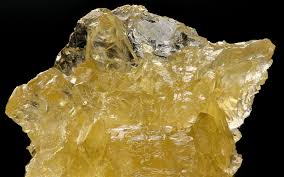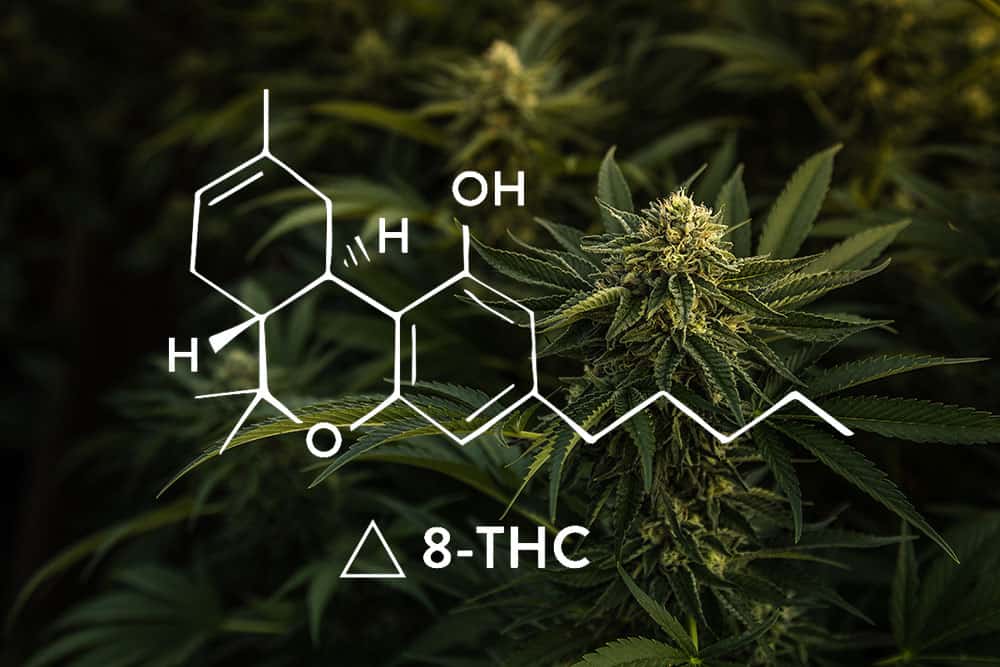
From Flower to Diamond: Tracing the Journey of THCA in Cannabis Processing
The journey of THCA (tetrahydrocannabinolic acid) in cannabis processing is a fascinating one, involving a series of intricate steps that transform raw plant material into highly potent and sought-after products. From the moment the cannabis flower is harvested to the formation of sparkling THCA diamonds, each stage of the process plays a crucial role in unlocking the full potential of this valuable cannabinoid.
Harvesting and Cultivation: The Beginning of the Journey
The journey of THCA begins in the cannabis cultivation process, where skilled growers carefully nurture and harvest the plant to maximize its cannabinoid content. Cultivation practices, such as selecting the right strains, optimizing growing conditions, and implementing proper harvesting techniques, are essential for producing high-quality cannabis flower rich in THCA.
Curing and Drying: Preserving the Plant's Natural Chemistry
After harvest, the cannabis flower undergoes a curing and drying process to preserve its potency and flavor profile. This crucial step involves carefully drying the flower in a controlled environment to remove excess moisture while allowing the cannabinoids and terpenes to mature and develop their full potential. Proper curing and drying techniques help maintain the integrity of the THCA molecule, ensuring a high-quality end product.
Extraction: Unlocking the Power of THCA
Once the cannabis flower is properly cured and dried, it's time for extraction—the process of isolating the desired cannabinoids and terpenes from the plant material. Various extraction methods, such as solvent-based extraction, CO2 extraction, and hydrocarbon extraction, are used to extract THCA and other valuable compounds from the plant material. Each method has its own advantages and considerations, but the goal remains the same: to produce a potent and pure extract rich in THCA.
Purification and Refinement: Enhancing Potency and Purity
After extraction, the crude extract undergoes a series of purification and refinement steps to remove impurities and concentrate the THCA content. To improve the extract's potency and purity, methods like distillation, filtration, and winterization are frequently employed. These processes ensure that the final product is free from contaminants and other unwanted compounds, resulting in a high-quality THCA concentrate ready for further processing.
Decarboxylation: Activating THCA into THC
One of the most crucial steps in THCA processing is decarboxylation, which involves heating the raw THCA extract to convert it into its active form, THC (tetrahydrocannabinol). Decarboxylation occurs naturally over time through exposure to heat and light, but it can also be accelerated through controlled heating methods. By decarboxylating the THCA extract, producers unlock its psychoactive properties, making it suitable for a variety of cannabis products, including edibles, tinctures, and topicals.
Crystallization: The Birth of THCA Diamonds
Once the THCA extract has been purified, refined, and decarboxylated, it's ready for the final step in its journey: crystallization. Crystallization is a process in which the THCA molecules are encouraged to form large, sparkling crystals known as THCA diamonds. This process typically involves mixing the THCA extract with a solvent such as pentane or heptane and subjecting it to controlled temperature and pressure conditions. Over time, the THCA molecules begin to nucleate and grow into beautiful crystalline structures, resulting in the formation of THCA diamonds.
Final Thoughts: The Evolution of THCA in Cannabis Processing
From its humble beginnings as a raw cannabinoid in the cannabis flower to its transformation into sparkling THCA diamonds, the journey of THCA in cannabis processing is a testament to the ingenuity and creativity of the industry. Each stage of the process—from cultivation to extraction, purification, decarboxylation, and crystallization—plays a vital role in unlocking the full potential of this valuable compound. As cannabis processing techniques continue to evolve, we can expect to see even more innovative methods for harnessing the power of THCA and delivering it to consumers in new and exciting ways.
For wholesale purchasing of premium THCA diamonds and extracts, look no further than D Squared WorldWide. Our brand offers a wide selection of high-quality cannabis concentrates, meticulously crafted through a comprehensive processing journey. From cultivation to crystallization, D Squared WorldWide ensures top-notch products that meet the needs of discerning wholesale buyers. Contact Us Now!
Reference:
- Backer, B., Debrus, B., Lebrun, P., Theunis, L., Dubois, N., Decock, L., … & Charlier, C. (2009). Innovative development and validation of an hplc/dad method for the qualitative and quantitative determination of major cannabinoids in cannabis plant material. Journal of Chromatography B, 877(32), 4115-4124. https://doi.org/10.1016/j.jchromb.2009.11.004
- Formato, M., Crescente, G., Scognamiglio, M., Fiorentino, A., Pecoraro, M., Piccolella, S., … & Pacifico, S. (2020). (‒)-cannabidiolic acid, a still overlooked bioactive compound: an introductory review and preliminary research. Molecules, 25(11), 2638. https://doi.org/10.3390/molecules25112638
- Hanŭs, L., Meyer, S., Muñóz, E., Taglialatela‐Scafati, O., & Appendino, G. (2016). Phytocannabinoids: a unified critical inventory. Natural Product Reports, 33(12), 1357-1392. https://doi.org/10.1039/c6np00074f
- Moreno, T., Dyer, P., & Tallon, S. (2020). Cannabinoid decarboxylation: a comparative kinetic study. Industrial & Engineering Chemistry Research, 59(46), 20307-20315. https://doi.org/10.1021/acs.iecr.0c03791
- Moreno-Sanz, G. (2016). Can you pass the acid test? critical review and novel therapeutic perspectives of δ9-tetrahydrocannabinolic acid a. Cannabis and Cannabinoid Research, 1(1), 124-130. https://doi.org/10.1089/can.2016.0008
- Sirikantaramas, S., Taura, F., Morimoto, S., & Shoyama, Y. (2007). Recent advances in cannabis sativa research: biosynthetic studies and its potential in biotechnology. Current Pharmaceutical Biotechnology, 8(4), 237-243. https://doi.org/10.2174/138920107781387456
- Tamada, T., Kurihara, K., Takeuchi, A., Taura, F., Arai, S., Blaber, M., … & Kuroki, R. (2012). Structure and function of ∆1-tetrahydrocannabinolic acid (thca) synthase, the enzyme controlling the psychoactivity of cannabis sativa. Journal of Molecular Biology, 423(1), 96-105. https://doi.org/10.1016/j.jmb.2012.06.030
- Taura, F., Sirikantaramas, S., Yoshikai, K., Shoyama, Y., & Morimoto, S. (2007). Cannabidiolic‐acid synthase, the chemotype‐determining enzyme in the fiber‐type cannabis sativa. Febs Letters, 581(16), 2929-2934. https://doi.org/10.1016/j.febslet.2007.05.043
- Wang, M., Wang, Y., Avula, B., Radwan, M., Wanas, A., Antwerp, J., … & Khan, I. (2016). Decarboxylation study of acidic cannabinoids: a novel approach using ultra-high-performance supercritical fluid chromatography/photodiode array-mass spectrometry. Cannabis and Cannabinoid Research, 1(1), 262-271. https://doi.org/10.1089/can.2016.0020



